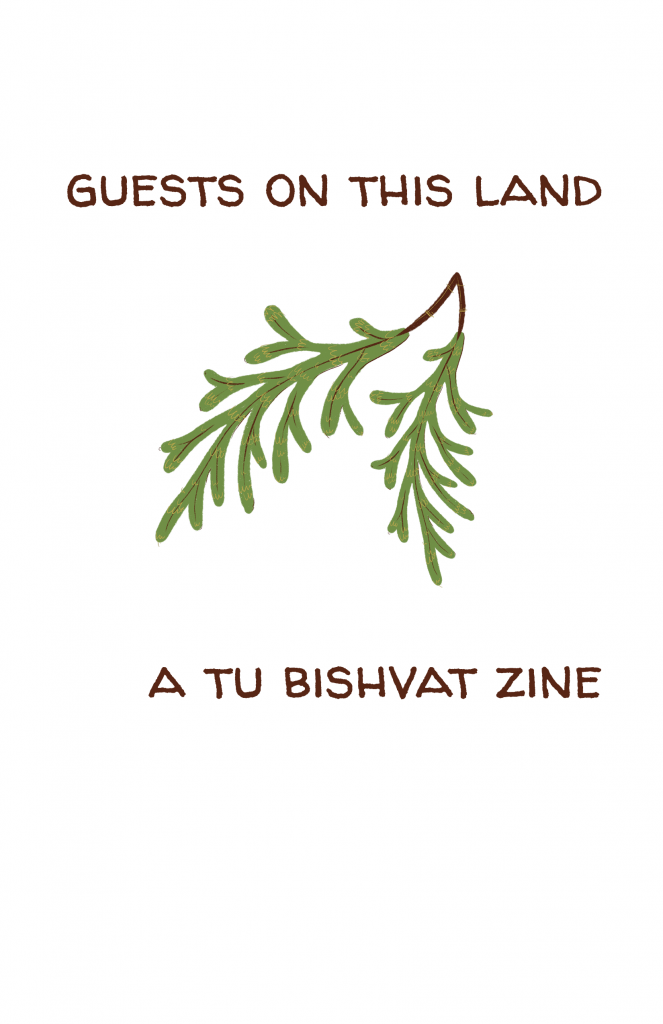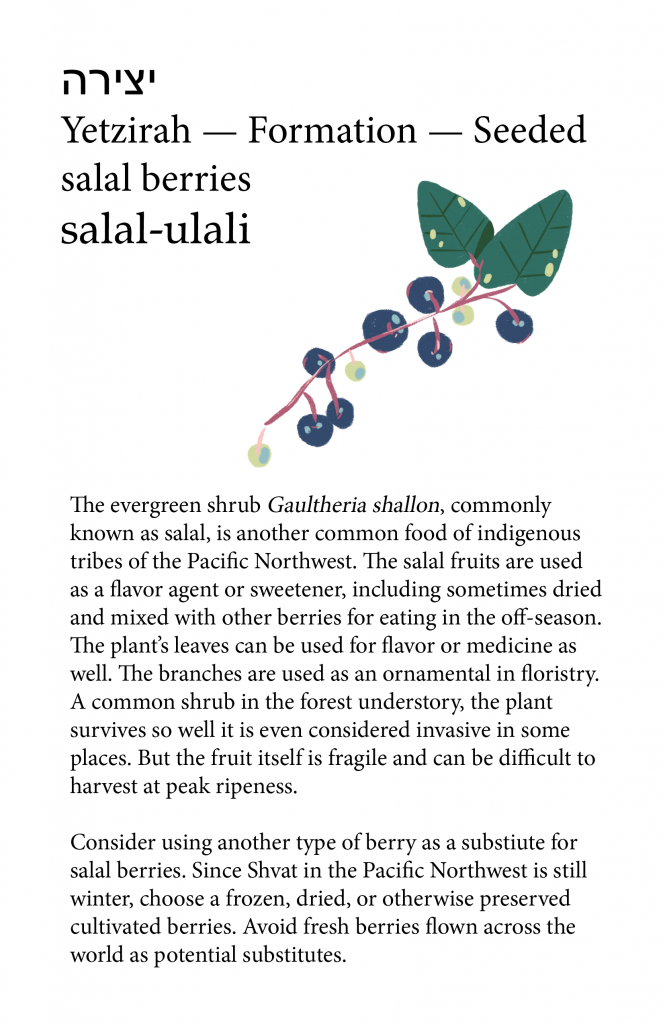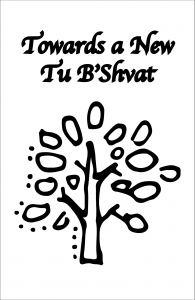I tabled at the Portland Zine Symposium earlier this month. The event went well, and also provided me with an excuse to update several of my zines. They’re listed below, as well as a two new zine I’ve made recently. One is based on an article I wrote a few years ago about unreinforced masonry buildings in Portland and the other is a version of the mini-zine I made for the PDX Jewish Zine Fest popup I hosted in August.
Jewish zines
While I published Towards a New Tu B’Shvat less than a year ago, I’ve found a few errors since then. I also wanted to tweak the information architecture a bit. So I cleaned up those typos and made some changes to the design. I’ve updated the files available here (which includes a PDF for printing, a PDF for screens, and an EPUB).
My set of eight Hanukkah zines needed updating even more, given that I wrote them in 2018. Hanukkah at the White House has the most changes, because the White House has hosted several Hanukkah parties in the past four years. I’ve updated the files available here.
I also now have a one-page zine of resources for folks interested in Jewish zine in Portland, Oregon. The file is available to print or share.
Political zines
I’ve also updated two zines that I routinely share around election time: this one-page zine covering registering to vote in Oregon (including how to deal with common concerns) and this one-page zine on how to claim the Oregon political contribution tax credit (and get $50 off your tax bill).
A new zine, sort of
A few years ago, I wrote an article about unreinforced masonry buildings here in Portland, Oregon. That might sound like an extremely niche topic, but URM buildings are a major risk factor for earthquakes — folks living and working in these buildings face higher risks. In the time since I wrote my original article, the City of Portland has actually managed to go from doing as little as possible to doing absolutely nothing about these buildings. I updated material from my original article to create this zine.
This zine covers the risks, how to recognize URM buildings, and what we can do about them. This new zine is available to download and share in multiple formats, and if you live or work in a URM building, you have my blessing to run off copies for everyone in your building. Laundry rooms are a great place to leave reading material for your neighbors.


